Tue, 31 Mar 2015 . Last updated Thu, 25 Jun 2015 09:04
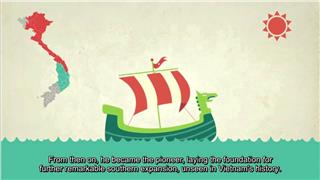
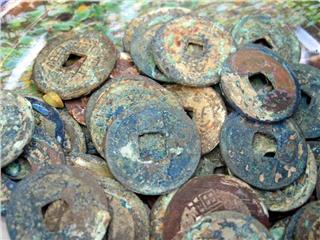
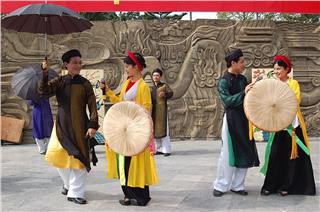
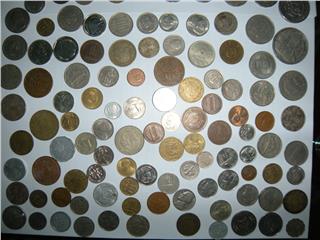
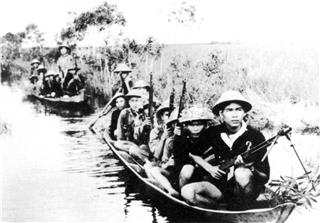
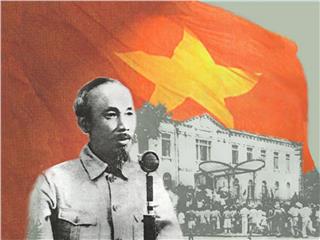
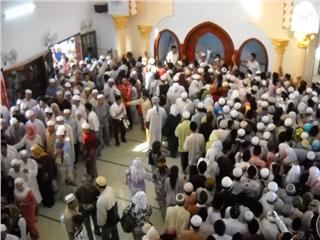
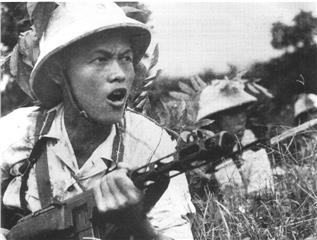

Legend has it that, in ancient times, human beings, plants and animals could speak to one another. And one day, human beings, plants and animals were separated from one another by calamities. Only two people, one boy and one girl survived. The mountain god put the two people into a drum and dropped the drum onto the water flow. Then, the two survivors got married to each other and the girl gave birth to 2 sons. Their life faced many difficulties so the mother took the elder son to the sea. And the younger son stayed with the father in the mountain. And the elder son and the mother were the ancestors of the Cham people and the younger son and the father were the ancestors of the Raglai people.
Nowadays, the most important ceremonies of the Cham people all show the brotherhood between the Raglai and the Cham ethnic groups. Based on tangible and intangible cultural heritages found in Ninh Thuan, cultural researchers could prove that the Cham and the Raglai ethnic groups have a close relationship. For example, in terms of language, the languages of the two ethnic groups belong to the same family.
In addition, there are two big families in the Raglai ethnic group, namely Pinang and Chamale. These two families originate from the families of the ancient Cham people. The Cham and the Raglai people in Ninh Thuan still maintain their matriarchy, which is shown clearly in that children take the surname of their mother. In a family, the wife is the one who decides all important affairs. And when parents die, the youngest daughter will become the inheritor.
In comparison with other ethnic groups in Vietnam, the Cham ethnic group in Ninh Thuan is one of the ethnic groups which have big festivals the most. And their biggest festival is the Kate festival. The festival is an occasion for them to commemorate the Goddess Po Nagar who founded the Cham nation and taught the old Cham people how to wet rice and cotton trees. Nowadays, the festival is reserved for not only the Cham people but also the Raglai people.
At the end of a year, the Cham people in Ninh Thuan hold the festival with traditional rituals which are imbued with their cultural identity. And the highlight of the festival is a procession if the costume of the Goddess Po Nagar. This ritual is an important one which begins the Kate festival in Ninh Thuan.
In ancient times, members of the Cham royal court asked the Raglai people to keep and protect valuable objects for them. Thus, before the Kate festival, the Cham people often conduct a ritual to ask for getting back those valuable objects from the Raglai people. This custom has existed for many generations and is still preserved well.
Before the Kate festival, a delegation of Cham people led by a monk comes to Chamale Len’s house to ask for the costume of the Goddess Po Nagar. Then the delegation and Chamale Len’s family will head for ancient Cham towers to do the opening ritual of the festival.
When the delegation of Cham and Raglai people reaches the temple in which the Goddess Po Nager is worshipped, they hold a traditional ceremony together. In the ceremony, the Raglai people offer agricultural products to the Goddess to show their gratitude to her. And then they talk to one another about their roots.
Cham dances in combination with the sound of traditional musical instruments of the two ethnic groups such as Ma La, Saraken trumpets, Paranung drums and so on, recall the close relationship between the Cham and the Raglai ethnic groups in ancient times. Each community has its own traditional culture. However, all communities in the world always turn towards one common principle: the true, the good and the beautiful.
And common festivals of the two ethnic groups are mainly religious ones which are related to their ancestors. And the Ponai Tang festival of the Raglai people in Ninh Son mountainous district is a typical example. Legend has it that Ponai Tang, the beauty daughter of a noble Cham family, fell in love with a Raglai boy and they lived together in a high mountain. They couple turned a deserted land into a fertile one and took many other people to the mountain to live. The mountain is now the Ponai Tang Mountain, in Ma Noi commune, Ninh Son district, Ninh Thuan province.
The legend reflects human efforts in conquering nature to lead a better life and at the same time shows the close relationship between the two ethnic groups in ancient times. The Ponai Tang festival of the Raglai people in Ninh Thuan was restored by the State with many sacred rituals. The festival reminds generations of Raglai people of the intimate relationship between the Cham and the Raglai ethnic groups. Especially, the festival must be attended by the Cham people.
Then, the Raglai and the Cham people will play their musical instruments together to show their respect for the Goddess Ponai Tang. Whereas Ghinang and Paranung drums show technical perfection, earth drums and gongs made of “nua” (a kind of bamboo) represent hidden values of nature that the Raglai people always base on to develop.
In the festival, the roles of the two Raglai and Cham masters are the same. When the Raglai master is in charge of worshipping ceremonies, the Cham one is responsible for dances and vice versa, which makes the festival become more attractive. In the Kate festival, the Cham people hold the Ridaga and Radaxoa ceremonies. And in the Ponai Tang festival, the Raglai people hold the Tong On ceremony. These ceremonies are all aimed at bringing good things to the Cham and the Raglai people in the new year.
In addition, there are all “xali” trays in the two festivals. In the Cham and Raglai languages, “xali” means “to replace”. Thus, when the Raglai and the Cham people prepare “xali” trays with pairs of paper people, animals, betel leaves and areca nuts, ripe bananas, etc on them, it means they want gods to protect them from bad things.
In fact, at present, the Cham and Raglai people can talk with one another without interpreters. Therefore, in the Ponai Tang festival, attendants can understand what the two masters plead. Through the Ponai Tang festival or the Kate festival, the beauty of the cultures of the Cham and the Raglai ethnic groups is clearly shown. The Cham and the Raglai people live in perfect harmony with one another in their life.
Although the Cham people mainly live in the plains, they still base themselves on mountains to create quality agricultural products. And although the Raglai people live in mountains, they learn how to plant wet rice, feed animals and so on to improve their living conditions. The Cham and the Raglai ethnic groups in Ninh Thuan always remember their roots and show their close relationship through their traditional festivals.
Source: VTC10 - NETVIET

 Đặt vé máy bay cho người Việt?
Bấm vào đây
Đặt vé máy bay cho người Việt?
Bấm vào đây
Our service uses cookies for technical, analytical and marketing purposes. See our Cookie và Privacy policies for more information. If you agree to this, just keep browsing.


